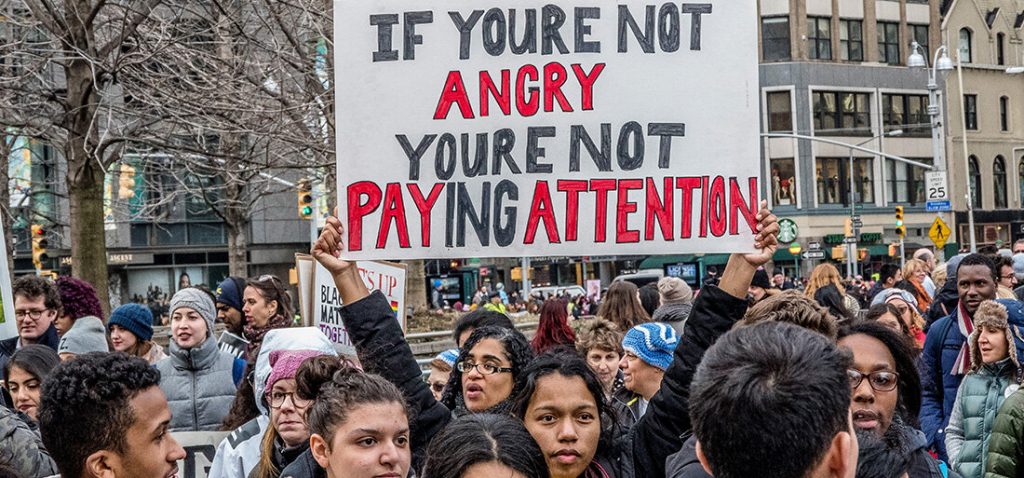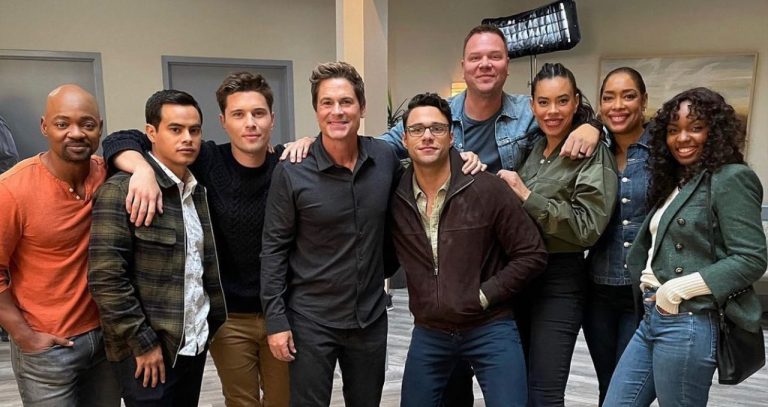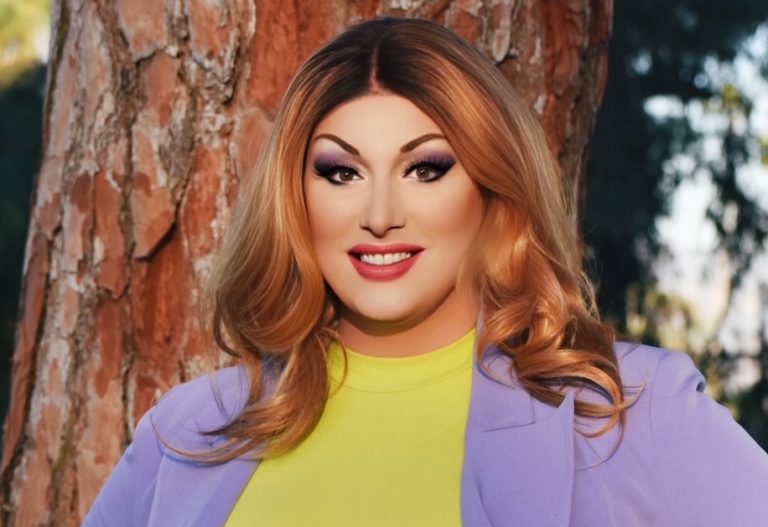Female Rage in Horror: why we want it, why we need it
The angry female figures of the past were feared and hated, in the likeness of Medusa or the common witch. This rejected figure has been recentered in contemporary culture as an idol. Now female rage in horror representations are all around us with Mia Goth in Pearl (2022), Toni Collette in Hereditary (2018), and any one of us on any given day in Roe V. Wade overturned America (2022-current).
What happened to women in horror?
Up until recent film history, women in horror were almost always a perfect victim. Our femme protagonist never provoked the killer, ghost, or ghoul; never held any face other than a smile or a cry; and never engaged in bad girl behaviors like drinking or consenting to sex. Think of the era of film that produced Psycho and Halloween. The heroine was often saved by a budding male, or by her own cleverness that succeeded her power. In these films, ‘woman’ was synonymous with ‘victim’.
These scream queens are now being replaced by thunderous, wrathful, and potent women. These women have rage birthed inside of them; a rage that is fathered by indignation, and exercised by voice and action.
Who does rage belong to?
The horror classics of the slasher genre gave us our female victim alongside the male antagonist. Whether it be a masked killer, a shapeshifting alien, or a haunted house; the evil force in these films always possessed two qualities: an appetite for illicit violence and a distinctive masculine energy.
Female anger has historically been tethered to hysteria or mania. Lobotomies or sedatives were prescribed as solutions to these specific female troubles; while male anger reigned as a pillar of American ethos.
However, it seems that more recent films have allowed the rage to move through men to find a resting place in women. Passive women are now active as we watch Red create an army of vengeance in Jordan Peele’s Us (2019), and Suzie’s sinister schemes in Luca Guadagnino’s Suspiria (2018).
Rage manifested through women in these female-centered horror films differs greatly from the male rage of the slasher genre through one factor: the intellectualization of the anger. Instructor of horror seminars at the University of Oregon, Rachel Eccleston, talked with me about the scope of horror, “We’re not seeing these women angry without articulation” Rachel says. There is no baseless male-enacted violence as seen so commonly through films such as The Silence of the Lambs (1991). Every enraged woman in horror has a distinct reason: wrongdoing or plight that has ignited their will to kill (metaphorically and sometimes literally).

The angry woman rhetoric
Being calm and composed is a social currency among women. Negative emotions can only be manifested in sadness or grief; how many times have we watched a woman slide down a wall sobbing?
Rage has been sealed in a jar. So when we can watch films that allow their female characters to be angry and violent, it de-communicates the necessity of being calm for women and beckons a powerful catharsis.
In Ari Aster’s Hereditary, when Toni Collette’s character passionately screams at her disrespectful son, mothers and nonmothers alike feel her fury. Rachel says, “So many women have felt that kind of rage” but “mothers are never supposed to be angry”.
While horror demonstrates niche situations we have never found ourselves in, the genre reflects dramatized common suffering that comes with being a human or being a woman. We are not relating to the exact conditions of Hereditary, “What is really being expressed is rage, frustration, and simply just anger about how women are treated” Rachel says.
Why are we so obsessed with female rage in horror?
Female rage in horror isn’t a newborn. Films such as Carrie (1976), Jennifer’s Body (2009), and Stepford Wives (1975) were made over a decade ago but didn’t have as much social merit as they do now. Extending outside of the horror genre, even other mediums of female rage such as angst-filled music by Fiona Apple and Bikini Kill, classical art of women beheading men, and books about struggling women from authors like Joan Didion and Ottessa Moshfegh are bubbling to the top of consumed media. Female-dominated trends are exhibiting unmatched tones of fury.
Are women just getting angrier? In short, yes. Over the last decade, women have had a steady increase in general rage. Many try to identify a single reason for this: one political policy or a sexist man in power; but truly you can close your eyes and point. In a world where female autonomy is on the chopping block, how are we expected to remain calm?

Conclusion
Female rage has always existed in its own sphere, on the inside, only visible to the world in small ways. Now there is a cultural shift. With commercial hits such as Barbie (2023), directors are noticing the value in stories made by women for women. As Rachel states, “We are getting tired of male-centric stories”. Now highly trafficked media is elevating enraged women, providing the viewers with the cathartics we have longed for. It seems that we are all holding hands and whispering in unison: it’s okay to be mad.
Now the sphere of female rage exists on the outside. We can watch it in our horror films, and we can tap into it ourselves.


